When viewed from an altitude of more than 400km aboard the International Space Station (ISS), familiar landscapes on the ground take on a completely different beauty. From natural wonders to giant man-made structures, many of our planet’s landmarks are clearly recognizable from space. The perspective is not only visually impressive, but also helps scientists study how the Earth has changed over time.
The Amazon River is the largest river on the planet by volume and is over 6,400km long, originating in the Andes Mountains in Peru and flowing through several South American countries before emptying into the Atlantic Ocean. Thanks to its enormous volume of water and extensive tributary network, the river appears clearly when observed from the ISS as a giant green vein weaving through the Amazon rainforest.
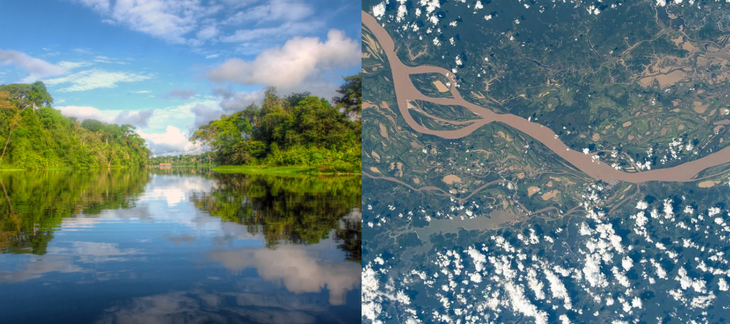
The Amazon River in real life and from space - Photo: Mariusz Kluzniak/NASA
Formed from red sand, sandstone mountains and dramatic canyons, the Wadi Rum Valley in Jordan is nicknamed the “Valley of the Moon” and is a UNESCO World Heritage Site. Its geological formations and distinctive red hue make Wadi Rum stand out even from orbit, a testament to the power of tectonic and erosion over millions of years.
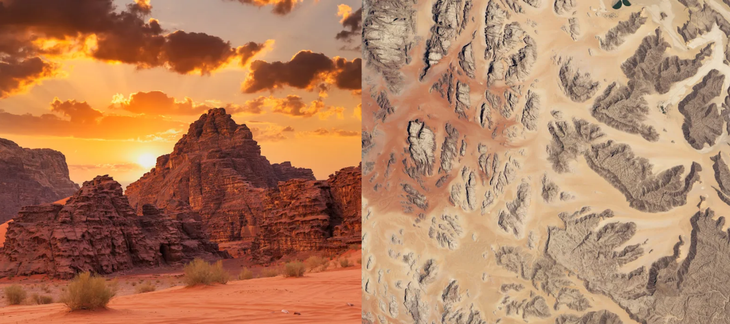
Wadi Rum is a popular destination for both tourists and scientists - Photo: Anton Petrus/NASA
The Golden Gate Bridge in San Francisco is nearly 3 km long and is one of the most famous suspension bridges in the world. With its distinctive orange paint, this bridge easily stands out against the fog and blue sea. When viewed from space, it appears as a thin but distinct red thread connecting the two bays.
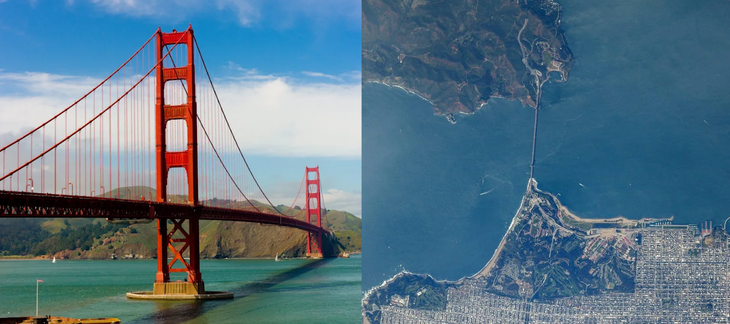
Golden Gate Bridge as seen from Earth and from the space station - Photo: Roy Prasad/NASA
The Grand Canyon in Arizona, USA is one of the seven natural wonders of the world, formed by the erosion of the Colorado River over millions of years. With a length of more than 440km, a width of up to 29km and a depth of more than 1.6km, this giant canyon appears like a giant crack in the Earth's surface, clearly visible even when observed from space.
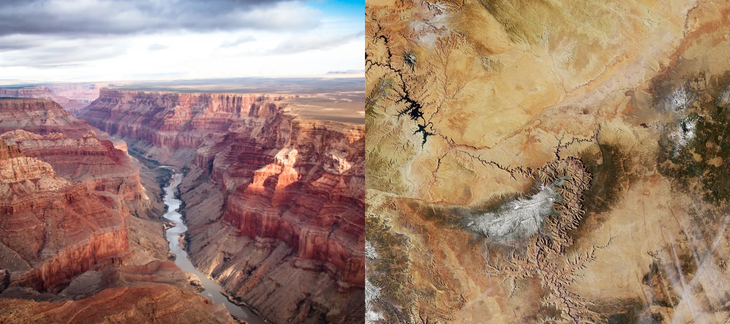
The Grand Canyon is an extremely famous landmark in the US - Photo: Amanda Mohler/NASA
The Great Barrier Reef off the north-east coast of Australia is the world’s largest coral ecosystem, stretching over 2,300km. With thousands of reefs and islets, it is home to an enormous biodiversity. From the ISS, the entire coral region appears as a brilliant blue patch in the Coral Sea, a vast community of life visible to the naked eye from orbit.
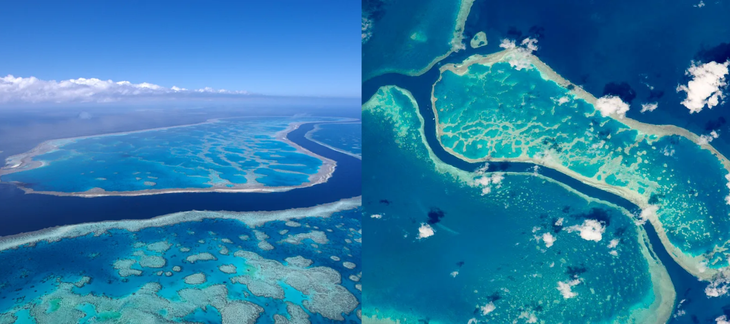
The Great Barrier Reef is a very diverse marine ecosystem - Photo: Grant Faint/NASA
The Kennecott Mine, located near Salt Lake City, Utah, is the world's largest man-made quarry, measuring more than 4km in diameter and about 1km deep. Its sheer size makes it one of the few man-made industrial structures that can be easily identified from space.
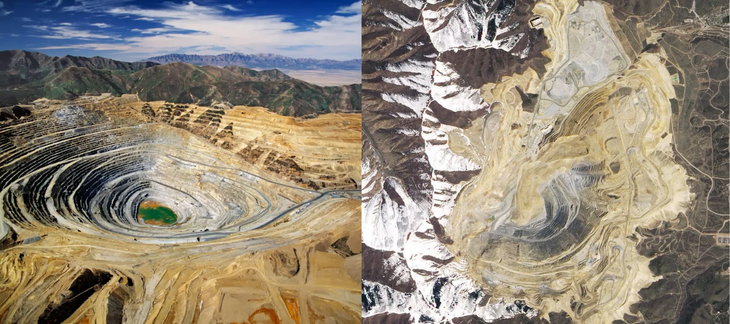
The Kennecott Copper Mine (Bingham Canyon Mine) is a man-made mine so huge that it can be seen from 400km away in space - Photo: YegoroV/NASA
The Himalayas are the world's highest mountain range, stretching across five countries: Nepal, India, Bhutan, China and Pakistan. With many peaks over 8,000m high, including Everest, the Himalayas are covered in snow all year round and stand out against the surrounding landscape. From the ISS, the mountain range appears as a giant white wall cutting across Asia.
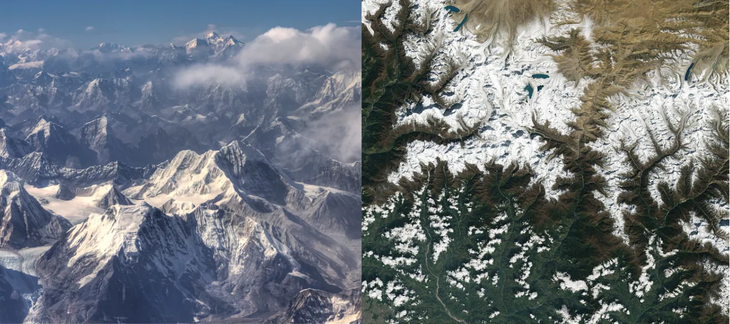
The Himalayas span five countries - Photo: anotherdayattheoffice.org/NASA
Palm Jumeirah is the world’s largest artificial island, built from billions of tons of sand and rock from the Persian Gulf. Its unique palm-shaped shape is clearly recognizable from orbit thanks to its symmetrical geometry and location in the middle of the turquoise sea. It is also a testament to the ability of humans to create giant structures.
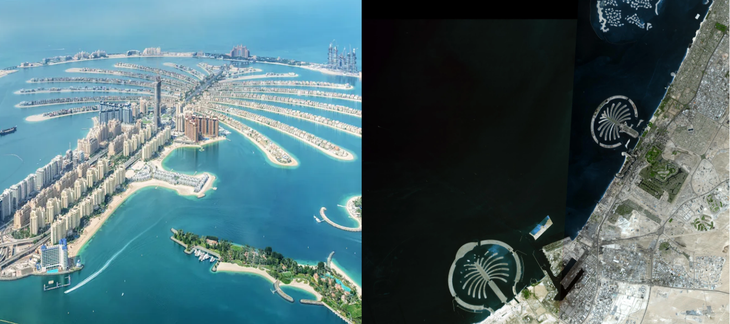
The artificial island Palm Jumeirah, Dubai is one of the most magnificent works of man - Photo: Delpixart/NASA
The Great Pyramid of Giza in Egypt was built more than 4,500 years ago, and is the only ancient wonder that still exists today. With its large size, the pyramid architecture still stands out in the desert. ISS astronauts can clearly observe each architectural block, demonstrating the superior construction techniques of ancient Egyptian civilization.
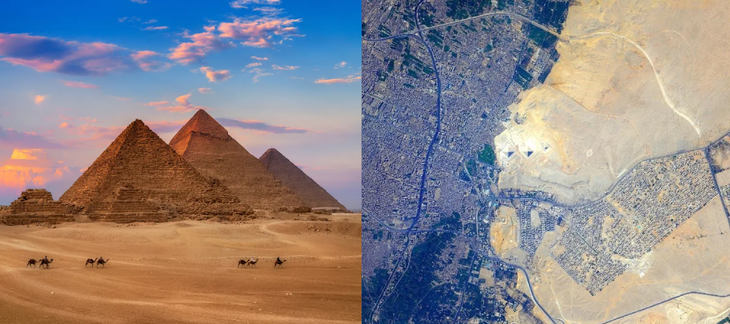
The Great Pyramid of Giza stands out in the desert. The majesty of this structure can be seen from a great distance in space - Photo: Ratnakorn Piyasirisorost/NASA
The Suez Canal, approximately 193km long, connects the Mediterranean and the Red Seas and is one of the most strategically important shipping routes in the world. With its straight shape stretching across the Egyptian desert, this structure is easily recognized from the ISS, where dozens of cargo ships pass through every day.
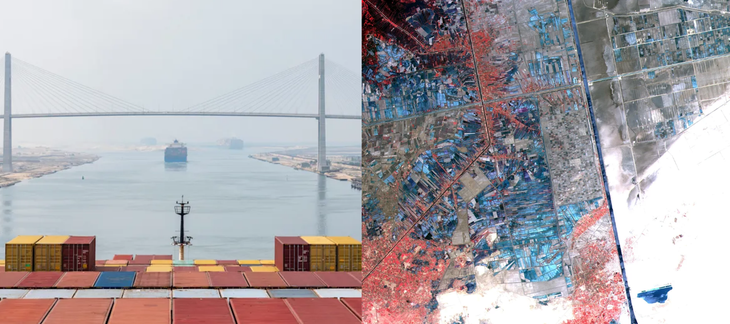
The Suez Canal is easily observed from the International Space Station - Photo: Mariusz Bugno/NASA
Viewed from space, the Earth’s magnificent structures and natural landscapes not only offer breathtaking beauty but also show the imprint of time, nature and human hands. The view from the ISS reminds us that this blue planet is our common home that needs to be cherished and preserved for future generations.
Source: https://tuoitre.vn/amazon-himalaya-kim-tu-thap-the-nao-khi-nhin-tu-tren-cao-400km-20250927210451989.htm






![[Photo] VinUni students' emotions are sublimated with "Homeland in the Heart: The Concert Film"](/_next/image?url=https%3A%2F%2Fvphoto.vietnam.vn%2Fthumb%2F1200x675%2Fvietnam%2Fresource%2FIMAGE%2F2025%2F11%2F26%2F1764174931822_10-3878-jpg.webp&w=3840&q=75)
![[Photo] Close-up of heavy damage at the school located on the banks of the Ban Thach River](/_next/image?url=https%3A%2F%2Fvphoto.vietnam.vn%2Fthumb%2F1200x675%2Fvietnam%2Fresource%2FIMAGE%2F2025%2F11%2F26%2F1764152130492_ndo_bl_img-8188-8805-jpg.webp&w=3840&q=75)

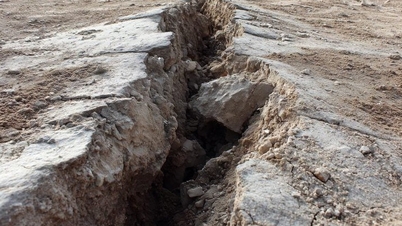
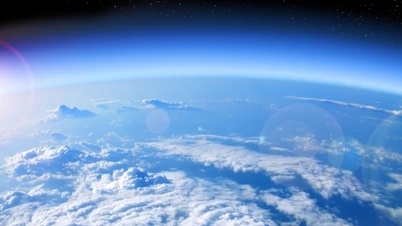













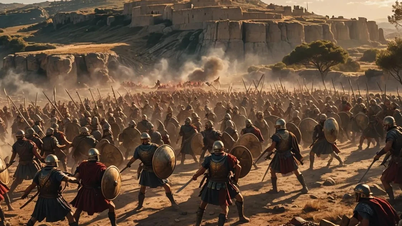



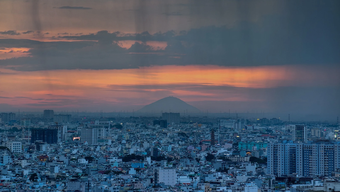








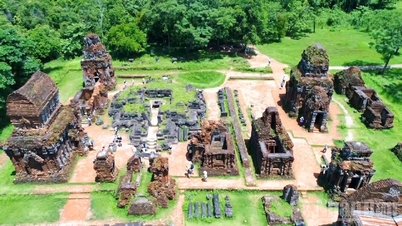

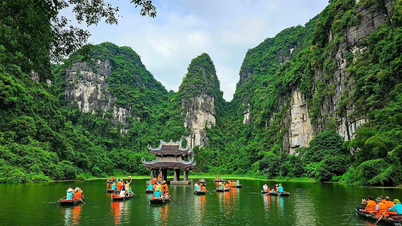
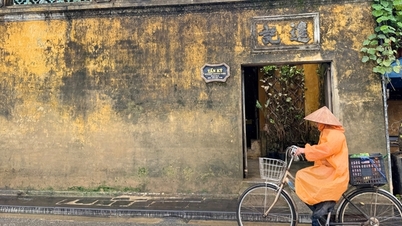




















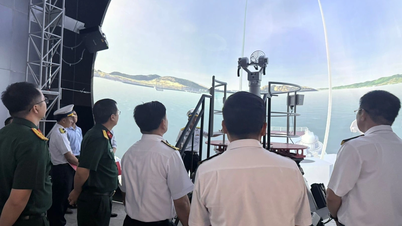















![[Photo] Opening of the 28th Session of the Hanoi People's Council](https://vphoto.vietnam.vn/thumb/402x226/vietnam/resource/IMAGE/2025/11/26/1764155991133_image.jpeg)






















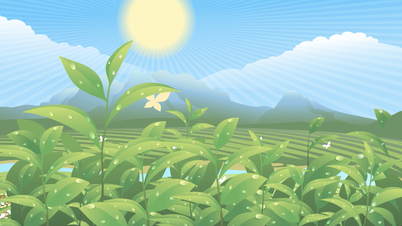







Comment (0)